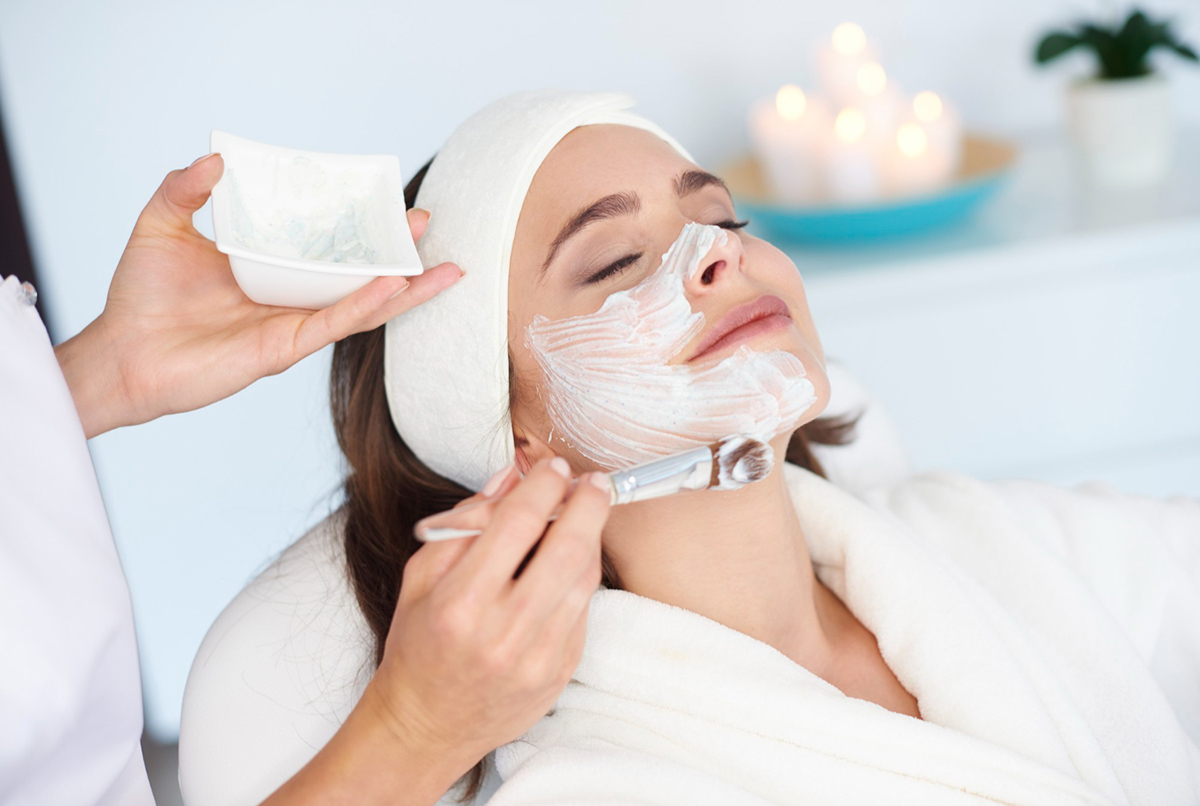The Different Levels of Chemical Peels

Chemical peels are a popular cosmetic treatment, known for their ability to reduce acne scars, improve skin texture, and even out skin tone. However, not all chemical peels are created equal: some are more potent than others, and not all are appropriate for every skin type. Understanding the different levels of chemical peels can help you determine which treatment is right for you. In this post, we’ll explore the different levels of chemical peels, their benefits, and risks, so you can make a more informed decision before booking your appointment.
Superficial Chemical Peels
Superficial chemical peels are the gentlest of all chemical peels. They only remove the outermost layer of your skin, making them ideal for those with minor skin imperfections such as fine lines and rough skin texture. Superficial peels use a mild acid such as alpha-hydroxy or glycolic acid, which causes little to no discomfort and requires no downtime. Benefits of superficial chemical peels include an improvement in skin texture, a reduction in fine lines and wrinkles, and a more even skin tone.
Medium Chemical Peels
Medium chemical peels penetrate deeper into the skin than superficial peels, and they use stronger acids such as trichloroacetic acid (TCA). They are effective at removing damaged and dead skin cells, reducing acne scars, and evening out pigmentation. Medium peels can also stimulate collagen production, resulting in plumper, more youthful-looking skin. However, medium peels can be more uncomfortable than superficial peels, and they may require up to a week of downtime as the skin heals.
Deep Chemical Peels
Deep chemical peels are the most potent of all chemical peels. They use phenol, a strong acid that can penetrate deeply into the skin, to remove the top layer of skin and reveal fresher, younger-looking skin underneath. Deep peels are useful for those with severe skin damage due to sun exposure, acne, or aging. However, they are also the most invasive of all chemical peels and require significant downtime. Deep peels are only performed by experienced professionals and are not recommended for those with darker skin tones.
Risks and Complications
As with any cosmetic treatment, chemical peels come with risks and potential complications. These risks can be minimized by choosing an experienced provider and following pre-and post-care instructions carefully. Your provider should carefully evaluate your skin type and medical history to determine which level of chemical peel is appropriate for you. Some risks associated with chemical peels include skin redness, swelling, scarring, and infection.
Where to Go for a Chemical Peel
If you are interested in receiving a chemical peel, it's important to seek out a reputable provider with experience in performing the procedure. At Vamped Aesthetics & Design in Windermere, FL, we offer a range of cosmetic treatments, including chemical peels. Our experienced team of aesthetic professionals will work with you to determine the level of chemical peel that is best for your needs, and we’ll provide you with pre and post-care instructions to help minimize your risks and achieve optimal results.
Conclusion
Overall, understanding the different levels of chemical peels can help you make a more informed decision before undergoing treatment. Superficial peels are ideal for minor skin imperfections, while medium peels are more invasive, require downtime, and are suitable for those with moderate skin damage. Deep peels, while the most potent, are only appropriate for those with severe skin damage and require the most significant downtime. At Vamped Aesthetics & Design, we are committed to providing our clients with safe and effective cosmetic treatments, including chemical peels. Book your consultation today to learn more about our chemical peel options and find out which level of peel is right for you.